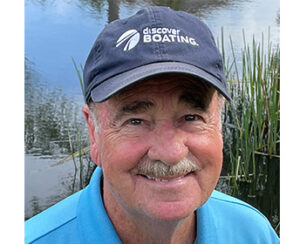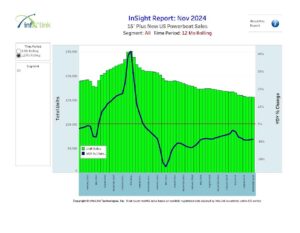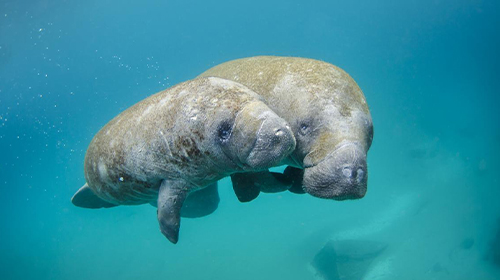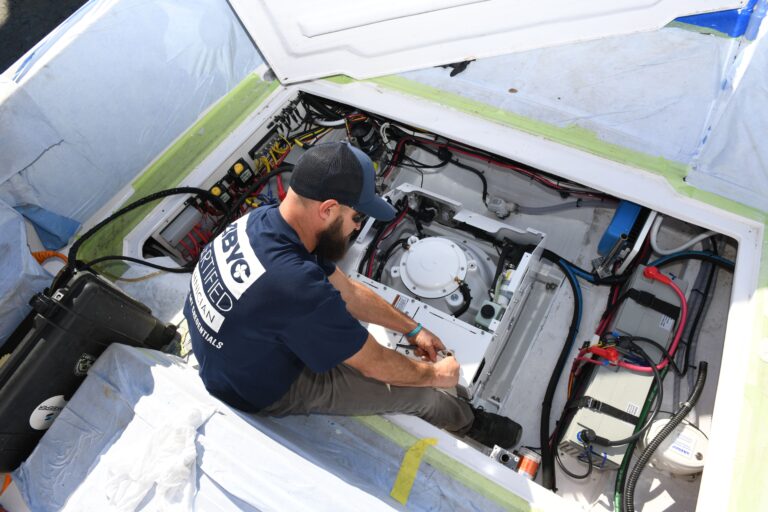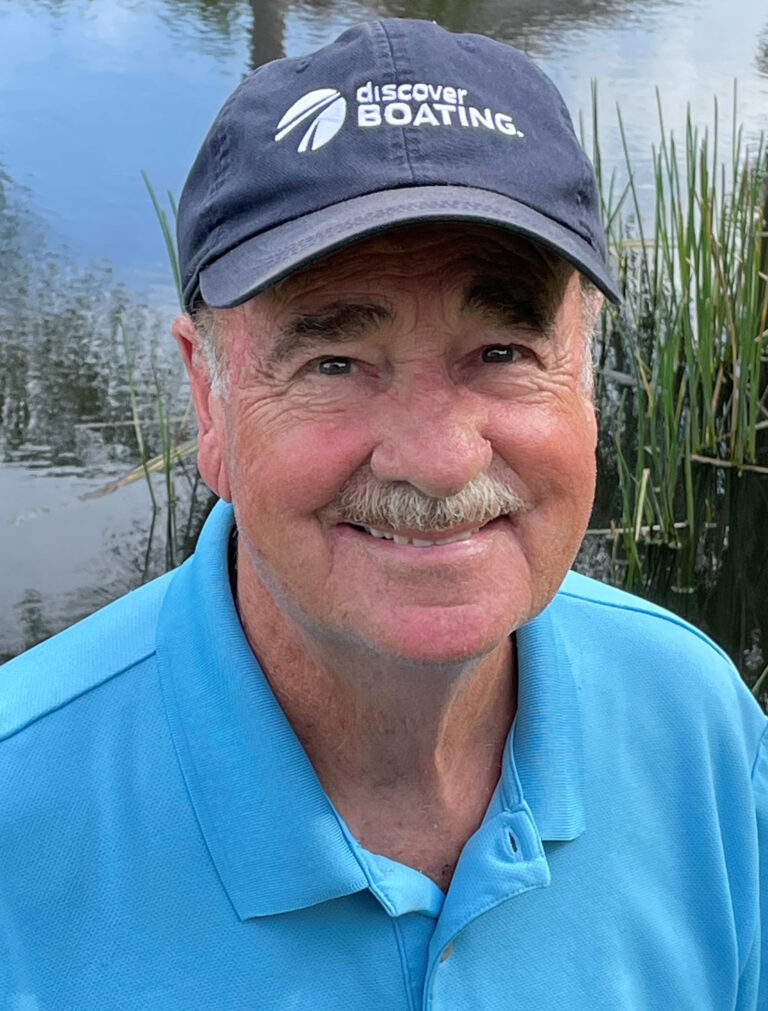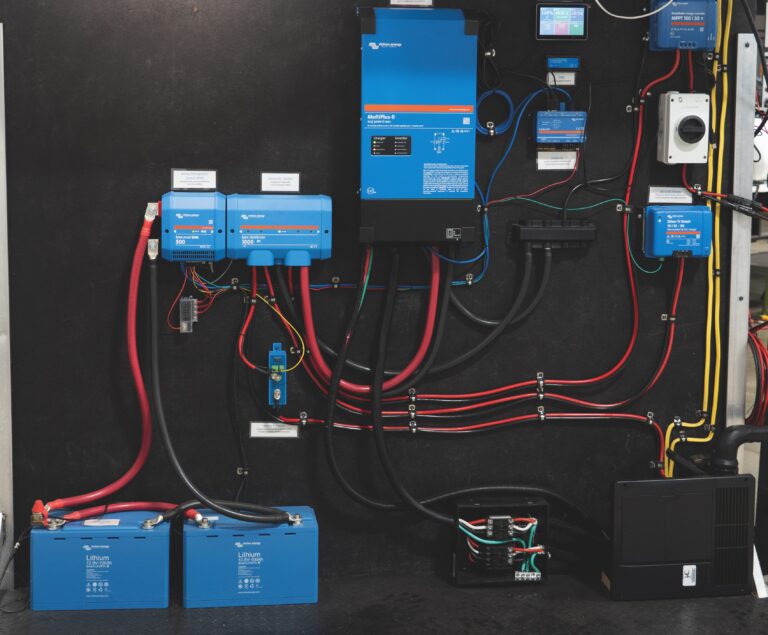
In an exemplary move that can help maintain clean waterways, Lake Erie has become the most digitally connected watershed in the world. A network of buoyed sensors serves as an early-warning system for water quality, as well as weather warnings, and its great news for the lake whether one drinks from it or boats and fishes on it.
The installation of 40 smart buoys by the Cleveland Water Alliance is complete from Toledo to the Ohio/Pennsylvania line, as well as on some inland rivers and streams that feed the big lake. The buoys are generating real-time data covering 6,000 square miles of the Lake Erie watershed.
“These buoys enable us to get sensors in place to detect things like harmful algal blooms, dissolved oxygen or E. coli,” says Ebie Holst, director of clusters and innovation for the CWA. The alliance is made up of 34 companies and organizations centered on advanced technologies, such as artificial intelligence, that can detect oxygen depletion and algae blooms.
An initial set of buoys was deployed last summer. Those buoys sensed a dead zone (an oxygen-depleted area) was approaching Cleveland’s water intake pipes. It allowed water officials to adjust their water treatment appropriately. Overall, more than 11 million people depend on Lake Erie for drinking water, including about 1.4 million in Cleveland alone.
The dead zone is of major concern to boaters and anglers, too. The summer algae blooms that prevail primarily in the western part of the lake have led to a large dead zone in central Lake Erie in which no fish or other organisms can survive. Lake Erie’s fishery is a multibillion-dollar driver of Ohio tourism.
Ohio-based Freeboard Technology builds and maintains the smart buoys in Lake Erie. “Because of rising issues of water contaminants, changing conditions and public health concerns, we saw an urgent need to specialize in water-focused sensors and data solutions,” says Ed Verhamme, company president. “The partnership with CWA has allowed us to create a network that’s unparalleled, not only for the health of the water ecosystems and nearby communities, but for businesses looking to create and test new products in this market.”
“This infrastructure is being built locally, right here on Lake Erie,” adds Emily Hamilton, an analyst for CWA. “This smart lake, as we call it, is one of a kind globally.”
And Then There’s Sargassum
A menacing mass of sargassum has been creeping across the Atlantic with an eye on Florida, and it has marine interests concerned. The huge mass set size records earlier this year as it traveled northwest, drawing concerns for both coasts of the Sunshine State. But there’s some recent good news.
Last month, the mass shrank, according to scientists at the University of South Florida. The sargassum belt is typically gets larger this time of year, but for the first time since 2011 the amount of seaweed has decreased. In May, the seaweed totals were about 15% smaller than those in the April assessment.
Moreover, the May report indicates the seaweed is less dense. The sargassum has been washing up on Florida’s east coast for several months, albeit in controllable amounts. In very large amounts, it sits in the sun, decomposes and releases hydrogen sulfide, which produces a smell of rotten eggs and can cause respiratory problems.
While it’s much more of a threat to Florida’s east coast, the Gulf of Mexico isn’t immune. However, so far this year, and it’s predicted to measurably decrease in June in the Gulf — good news for dealers and boaters. If a mass is thick or large enough, it can literally trap a boat and block water intakes.
Dealers are alerting customers to avoid running through any area of floating seaweed.


